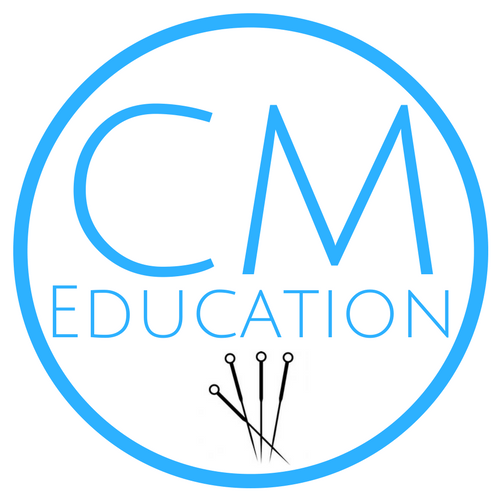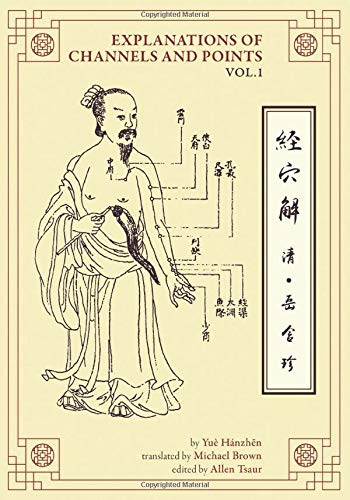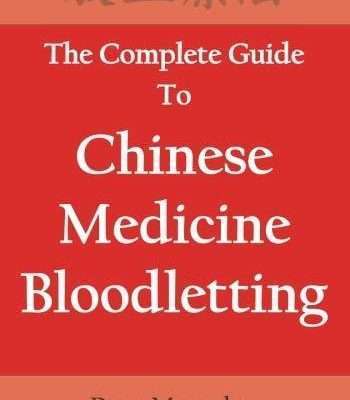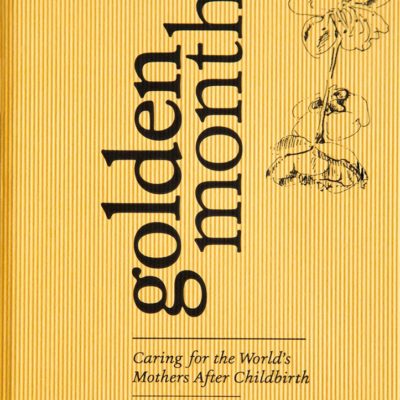Description
ISBN: 9781703778717
Purple Cloud Press
By Yue Hanzhen
Translated by Michael Brown
Edited by Allen Tsaur
Explanations of Channels and Points (Volume 1) is a Qing dynasty acupuncture commentary by Yue Hanzhen (1602-1693 CE). Despite having never been published, this work has survived owing to its historical significance. It was the first to integrate point locations and classical channel pathways, thereby setting a precedent of assigning a numbering scheme to channel points.The first volume includes explanations of the points and channels of the lung, large intestine, stomach, spleen, heart, small intestine and bladder channels. In addition to a discussion of text, author and the various historical texts mentioned in this work.
Explanations of Channels and Points (Vol. 1), as a text is an important landmark in the development of Chinese Medicine, not only for its early use of numbering the points but also for its explanations of the pathomechanisms of disease. Its systematic approach, which is heavily sourced from the classics, was not uncommon for works of this era involving herbalism, but rarely was it achieved with the degree of detail and clarity found in Yuè Hánzhēn’s writing and applied to acupuncture. The entries for each point are comprehensive and clear, that they require little assistance for immediate understanding and application of the techniques suggested by the author.
‘Michael’s translation makes this information accessible to the English speaking world. In doing so, has provided an essential and hitherto unavailable link to bridge the Chinese Medicine Classics and modern TCM practice. Given the readership it deserves this book could change the way we look at points and education in Acupuncture for the better.’
– Tyler Rowe, L.Ac., Institute of Classics of East Asian Medicine Instructor
‘When I began studying Chinese language, one of my goals was to read ancient texts on acupuncture-moxibustion. Once I begin trying to decode some of the old acupuncture and moxibustion texts, I was shocked as to how different they were from modern English books on the points. So much of what I had studied in school was nowhere to be found. This brought me to an existential crisis that I have not fully resolved. If modern texts are correct, were the ancients wrong? Did they lack understanding of points functions and indications? If so, how did acupuncture even survive? Or had the modern texts gone astray? But then why does it seem to work in clinic? I have found that understanding ancient acupuncture is not a matter of digging deeper into what we already ‘know’; it is really a different world. Explanation of the Channels and Points is a great place to enter into that world.
Much of this text originated in Língshū 靈樞 (The Miraculous Pivots) or can be found in earlier books such as Zhēnjiǔ Dàchéng 針灸大成 (The Great Compendium of Acupuncture and Moxibustion). What makes Explanation of the Channels and Points unique is the commentary given by the author. Old texts tend to pass on earlier information and make statements without explanation. Either the student figures out the whys by pondering the text, or he takes the information based on faith in the experience of earlier generations of physicians. Taking information on faith may have been acceptable for Chinese doctors in the past, but in modern times, we want to know why.
While the reasoning in Yuè Hánzhēn’s explanations often does not follow our modern logic, it is still precious for providing insight into how doctors of the past processed information. Chinese medicine is not just learning a bunch of new facts. It also uses a different type of logic. This book not only elucidates why each point treats specific indications; it gives great insight into the manner of thinking used by famous doctors of the past. In this way, we can learn to be more fluent in Chinese medical thought, which will only assist us in treating patients.’
– Lorraine Wilcox, L.Ac., translator of Miscellaneous Records of a Female Doctor





Reviews
There are no reviews yet.